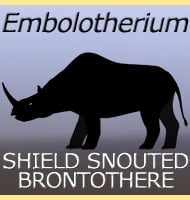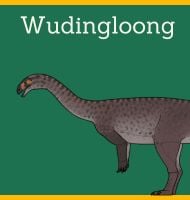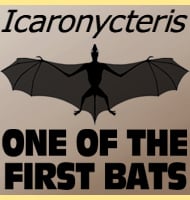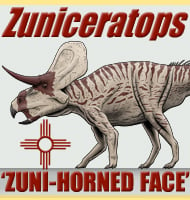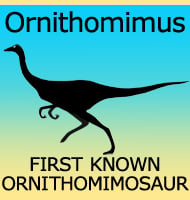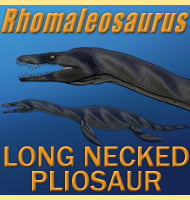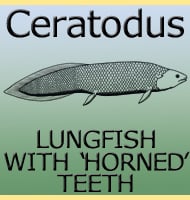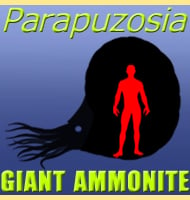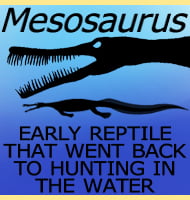In Depth
Although Hyracodon looks a lot like a primitive horse, this genus actually represents a form of prehistoric rhino. Hyracodon is the type genus of the Hyracodontidae, a group of so called ‘running rhinoceroses that fulfilled a similar ecological niche as primitive horses such as Mesohippus. Hyracodon seem to have inhabited a variety of ecosystems, and were probably browsers because the forward teeth in the mouth were not as well suited to cropping grass as those of dedicated grazers. This may in part be why Hyracodon declined and disappeared during the late Oligocene and early Miocene, because during this time, starting back in the Eocene, the landscape of North America was changing from large expanses of forest to open grasslands. This meant a loss of suitable habitat along with the appearance of better adapted herbivores, and in turn better adapted predators, that all combined together to out compete earlier forms of animals like Hyracodon into extinction.
Further Reading
- A new species of Hyracodon (H. priscidens) from the Oligocene of the Cypress Hills, Assiniboia, L. M. Lambe - 1905.

